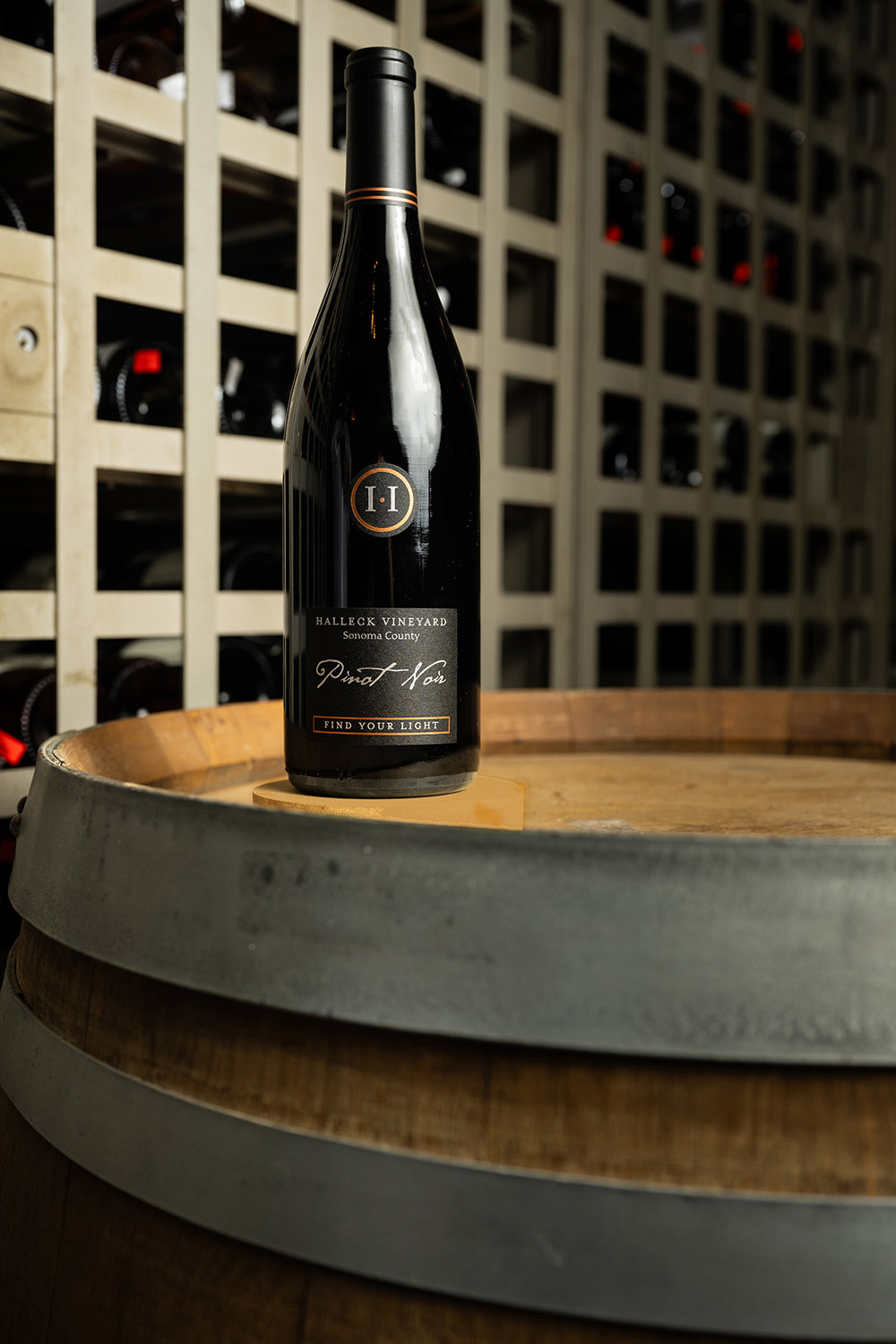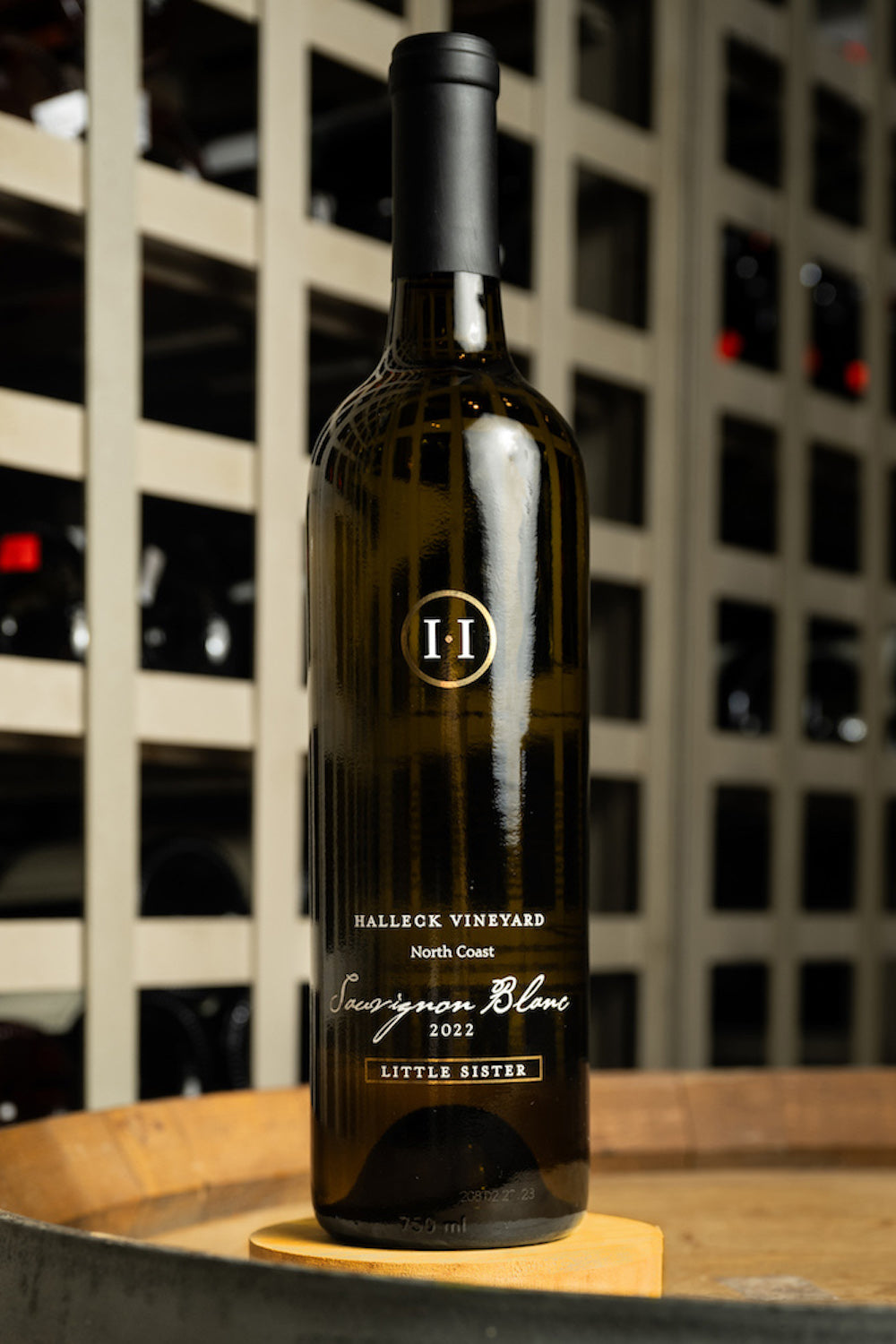Wineries With Picnic Areas - Vineyards Near Sebastopol
Wineries With Picnic Areas - Vineyards Near Sebastopol
Blog Article
Vineyard Tours With Guided Tastings In Sonoma - Sebastopol Wine Experiences
Wine tasting is an art that mixes sensory experience with an appreciation for the nuances of various varietals. How to evaluate flavors in winery wine tasting classes is pivotal to greedy the complexities of wine.
Participating in a wine tasting involves more than merely sipping and savoring. It requires a centered strategy to determine aromas and flavors that each wine presents. As you start, observe the wine's look, noting its colour and clarity. These visual cues usually counsel a wine’s age, grape variety, and even potential flavor profiles.
The subsequent step within the tasting process is to swirl the wine in your glass. This motion releases aromatic compounds that are very important for analysis. Lean in and take a second to inhale deeply; the aromas can vary from floral and fruity to spicy and earthy. The nose of the wine is simply as essential as the palate, and recognizing scents performs a big role in understanding the general experience.
When taking your first sip, allow the wine to maneuver throughout your palate - Wine Tasting Experiences With Local Cheese. Discover the initial flavors that present themselves. Is the wine fruity, floral, or perhaps herbaceous? This preliminary taste gives perception into what the wine is more probably to specific as you continue to gauge it. The mouthfeel additionally contributes to the overall flavor experience; it may be silky, tannic, and even effervescent.
Wineries With Beautiful Architecture - Wine Tasting Activities In Sebastopol
As you continue tasting, take note of the wine’s steadiness. A well-balanced wine will harmonize acidity, sweetness, and tannins. If one part overwhelms the others, it would point out a much less fascinating quality. Evaluating balance may help you determine how nicely the wine would possibly pair with food.
Transitioning to the finish, contemplate how the flavors evolve as the wine lingers in your palate. A long, pleasant end can indicate a high-quality wine, whereas a brief or abrupt finish might suggest otherwise. Mirror on whether the flavors remain constant or if new notes emerge as the wine settles. This progression can reveal complexities and intricacies that may not have been obvious within the preliminary tasting.
Temperature can be a crucial factor in evaluating wine flavors. Completely Different forms of wine are optimally loved at specific temperatures. White wines often shine when chilled, whereas purple wines usually carry out finest at room temperature. When tasting, make certain the wine is at the appropriate temperature to completely appreciate its character.
Wineries Promoting Wine Club Memberships - Unforgettable Wine Tastings In Sonoma
Pairing food with wine can tremendously improve the tasting experience. Foods can influence the perception of flavors in wine, either highlighting sure characteristics or diminishing them. When evaluating flavors, consider how the wine interacts with totally different foods, noticing which flavors are amplified or muted (Wineries Known For Their Hospitality).

Think About the influence of terroir as you have interaction in a winery tasting. Terroir encompasses the distinctive environmental factors that have an effect on grape rising, including soil composition, climate, and geography. Understanding a wine's terroir can present insight into its flavors and aromas, fostering a deeper appreciation for the choices made throughout its cultivation and production.
Schooling plays a basic function in enhancing one's capacity to judge wine flavors. Learning about grape varieties, wine areas, and production methods can pave the way in which for extra check this site out informed judgments during tastings. Moreover, attending workshops or classes can refine sensory skills and expand your flavor vocabulary, enabling you to articulate tasting notes extra effectively.

Finally, it's essential to do not overlook that evaluating wine flavors is a highly personal experience. Individual preferences and perceptions will invariably form one’s tasting journey. Enjoyment ought to be at the forefront, with the analysis course of performing as a software to boost understanding and appreciation somewhat than create inflexible tips.
Intimate Wine Tasting Experiences In Sonoma - Sebastopol Vineyard Experiences
In conclusion, mastering tips on how to evaluate flavors in winery wine tasting classes includes a combination of sensory engagement, knowledge, and practice. By studying to identify aromas, assess the stability, and recognize the intricacies of flavor, wine enthusiasts can deepen their connection to each bottle they encounter. As with any art kind, the extra one immerses themselves in the experience, the more they may discover and benefit from the vast world of wine.
- Begin by observing the wine's colour and readability, as these visible elements can trace at its flavor profile and aging potential.
- Swirl the wine gently in your glass; this releases aromatic compounds, allowing you to higher determine the complex scents related to the wine.
- Take a deep inhale before tasting, focusing on each primary and secondary aromas to assemble insights on fruits, spices, and other nuances.
- When tasting, enable the wine to coat your palate; note the preliminary flavors, the mid-palate complexity, and the finish as these levels can provide totally different flavor highlights.
- Pay consideration to texture and mouthfeel, as elements similar to tannin levels, acidity, and sweetness contribute significantly to the general tasting experience.
- Examine flavors towards standard wine characteristics; for pink wines, think about berry notes, oak influence, and herbal tones, whereas whites might embody citrus, stone fruits, and floral hints.
- Take notes in the course of the tasting session to trace your impressions, helping you to remember and consider the different wines sampled.
- Focus On your findings with fellow tasters or winery workers, as sharing insights can enhance understanding and appreciation of particular person flavors.
- Allow time for the wine to breathe; typically, flavors evolve and reveal new dimensions after being exposed to air.
- Experiment with food pairings in the course of the tasting as they can dramatically alter how flavors are perceived, influencing general enjoyment.undefinedWhat ought to I look for when evaluating the aroma of wine during a tasting?
Begin by swirling the wine in your glass to launch its aromas. Deliver the glass to your nostril and take a deep breath. Pay attention to the first scents you detect, as these are sometimes probably the most prominent. Look for fruit, floral, herbal, or earthy notes and attempt to determine particular characteristics, which will deepen your understanding of the wine's complexity.
Wineries With Artisan Chocolate Pairings In Sonoma - Wine Tours And Tastings In Sebastopol
How can I distinguish between different flavor profiles in wine?
Understand that flavor profiles are sometimes categorized as fruit, floral, herbaceous, spicy, or mineral. Take small sips and allow the wine to coat your palate. Notice the primary flavors that emerge first and the subtle notes that comply with. This layering is essential in distinguishing the wine's traits and can assist you to respect its distinctive profile.
Wineries Known For Handcrafted Wines - Sonoma Vineyards To Explore
What is the importance of the wine's texture in a tasting?

The texture of the wine, also recognized as mouthfeel, plays a vital function in how we understand flavors. Pay attention to whether the wine feels clean, creamy, or gritty. The body of the wine (light, medium, or full) can enhance or contrast with flavors, offering a more rounded experience during tasting.
How do I assess the balance of flavors in wine?
Steadiness in wine refers back to the concord between acidity, sweetness, tannin, and alcohol. Take a moment to assess whether these parts complement or intrude with each other. A well-balanced wine will have none of its parts overpowering the others, creating a pleasing tasting experience.
Historical Wineries To Visit In Sonoma - Enjoying A Vineyard In Sonoma
What role does temperature play in evaluating wine flavors?
Temperature can significantly influence the notion of flavors. Usually, purple wines are finest served slightly below room temperature, while white wines benefit from being chilled. As the temperature modifications, the aromas and flavors can shift, permitting you to perceive completely different characteristics. It’s essential to style wine at its optimum temperature for true analysis.
Wineries Ideal For Romantic Getaways - Sebastopol's Best Wine Trails
How can I improve my tasting skills over time?
Practice is essential to improving your tasting skills. Wineries That Welcome Walk Ins. Attend tastings, keep a journal of your experiences, and discover different varieties of wines to broaden your palate. Moreover, studying about wine manufacturing and grape varieties can present context that enhances your analysis process, making you a extra knowledgeable taster.
Is there a particular order by which I ought to style the wines?
Wineries Hosting Seasonal Events - Vineyards Near Sebastopol
Sure, it’s advisable to style wines from light to full-bodied and dry to sweet. This development prevents the stronger flavors from overshadowing the extra delicate ones, allowing you to totally respect every wine's traits and nuances without palate fatigue.
How can I consider the aftertaste of wine?
Wineries With Sustainable Practices - Discovering Sonoma Area Wineries
The aftertaste, or finish, is a crucial aspect of the wine-tasting experience. After swallowing, pay consideration to how lengthy the flavors linger on your palate and whether they change. A long, pleasant end is often an indicator of a high-quality wine, while a short or unpleasant finish might recommend in any other case.
Why is it necessary to note the wine’s acidity during tasting?
Acidity contributes to the overall freshness and structure of the wine. Pay attention to the tingling sensation on your tongue; greater acidity can enhance the wine's liveliness and stability out sweetness. Noting acidity helps decide the wine's versatility with food you can try this out and its growing older potential.
What ought to I do if I wrestle to determine specific flavors in wine?
Wineries Offering Charcuterie And Wine Pairings - Sonoma Wineries With Vineyard Views
Struggling to establish flavors is widespread, especially for beginners. Focus on broader categories and describe what you'll find a way to recognize, such as candy or earthy notes. With practice, studying about totally different flavor profiles, and perhaps utilizing flavor wheels, you will refine your senses and develop a more nuanced method to tasting. Report this page